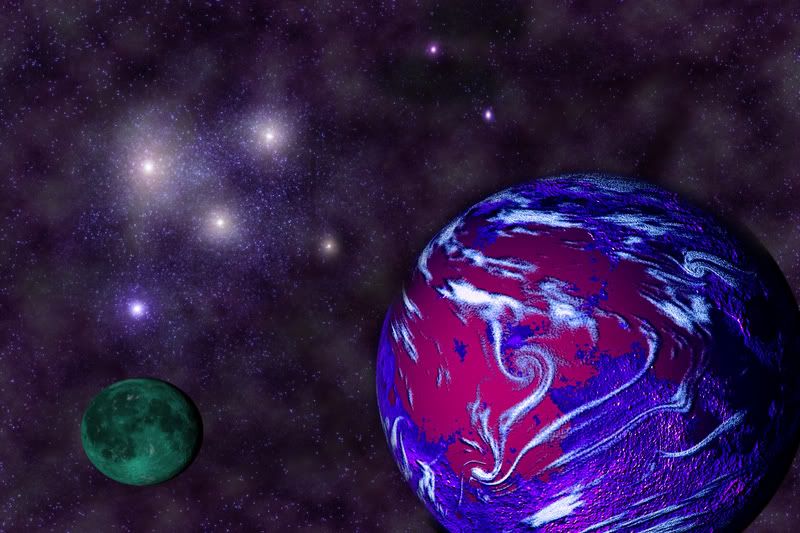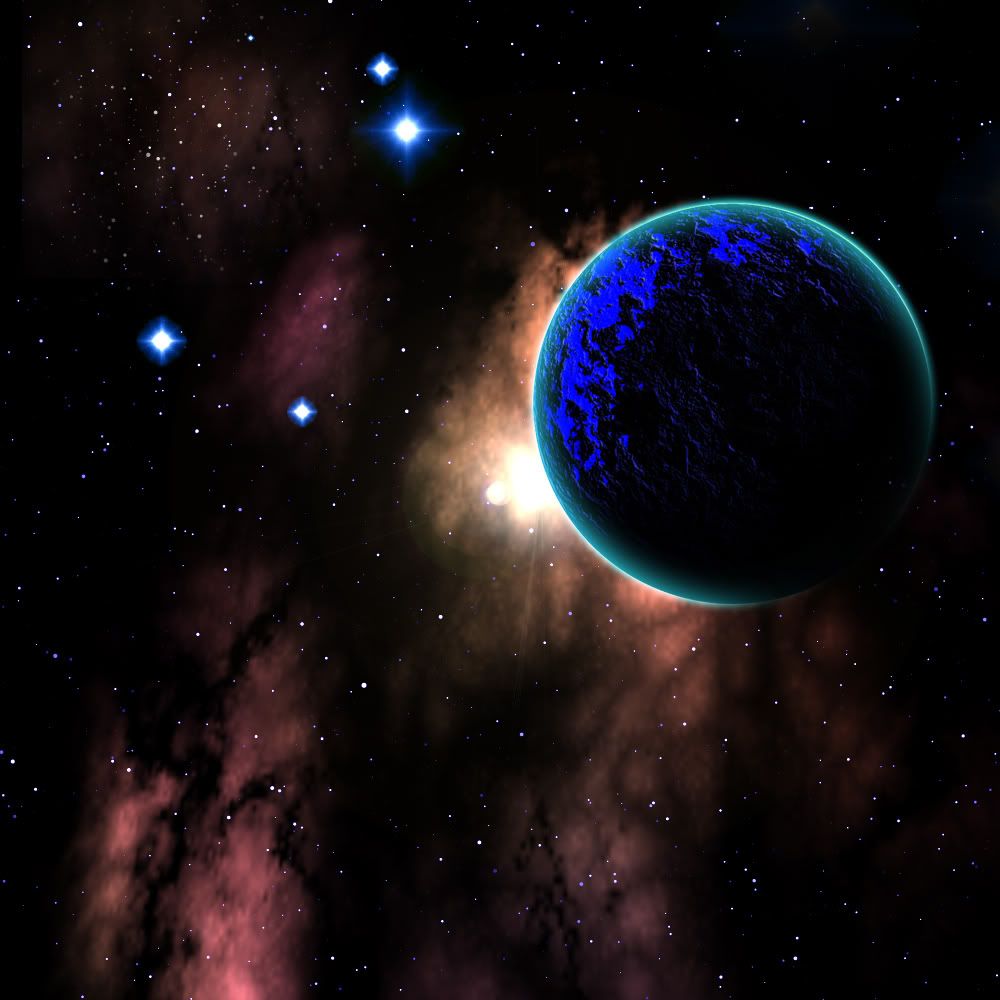In this post I am going to talk about a Gliese 876, which is host to 3
extrasolar planets. Gliese 876 is red dwarf star, which means that its fairly cool for a star burning at about 3500 kelvin, and it is estimated to have only 32% of the mass our sun has. Since it is so small Gliese 876 cannot be seen with the naked eye you would need a telescope to see it, lying in the constellation of Aquarius, Gliese 876 is about 15 light years away from us. We would’ve never expected such a small star to have habitable exo-planets about ten years ago.
In 1998 two exo-planet teams, one which was led by Geoffrey Marcy, had discovered a extrasolar-planet orbiting around Gliese 876. The planet was named Gliese 876b, and it was discovered by measuring the radial velocity of the star, as the planets gravity would tug on it. Gliese 876 is estimated to have twice the mass of Jupiter and orbits closer to its parent star then Mercury to our Sun, taking only 61 days to complete a full orbit.
The next extrasolar planet to be discovered orbiting around Gliese 876 was discovered in 2001, Gliese 876C was discovered orbiting even closer then Gliese 876B, taking it about 30 days to complete a full orbit around its parent star. This must cause a huge gravitational battle when the planets align up to each other. Gliese 876C has a little over half the mass of Jupiter.
In 2005 a third extrasolar planet was detected orbiting the red dwarf Gliese, named Gliese 876 d. Gliese 876 d is just barely inside of the habitable zone we believe, and it has about 6-7 times the mass of Earth, we think this might be a terrestrial planet. It takes Gliese 876 d about two days to orbit its parent star.
So the two gas giants orbit the red dwarf in the so called habitable zone, because these are gas giants its almost impossible for them to harbor life. But What about the large moons of Gliese B and C..(if there are any) ? There could be a moon orbiting Gliese b that could be remotely close to the mass of Earth. All the conditions could be right. Life very well possibly could be there and many more Extrasolar planets could be orbiting around the red dwarf Gliese. Time and technology will only tell if there is a extrasolar planet harboring life in the Gliese 876 solar system.
exoplanet, extrasolar planet, Gliese, Gliese876



